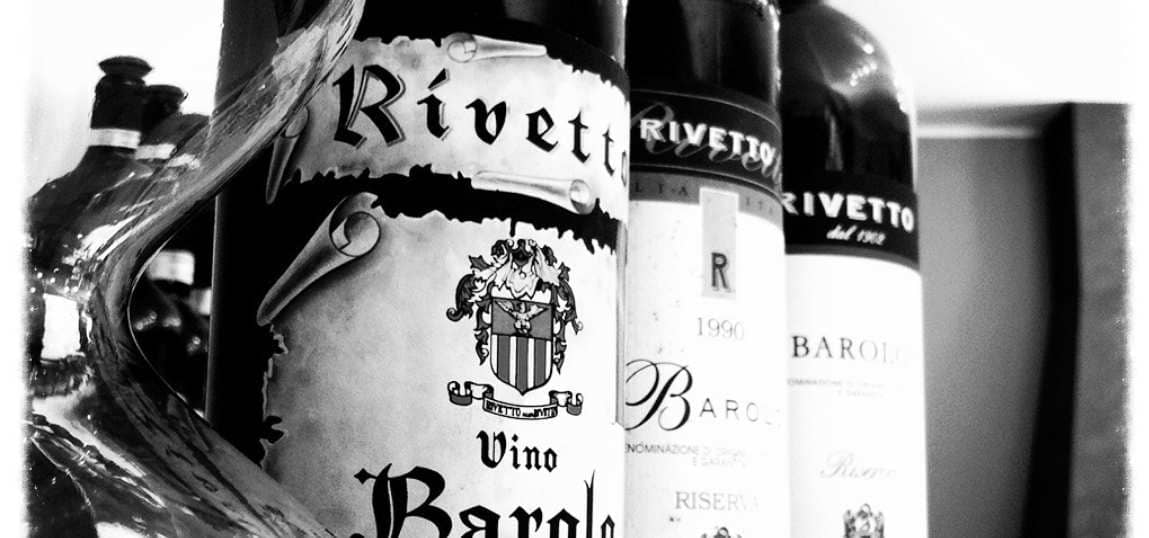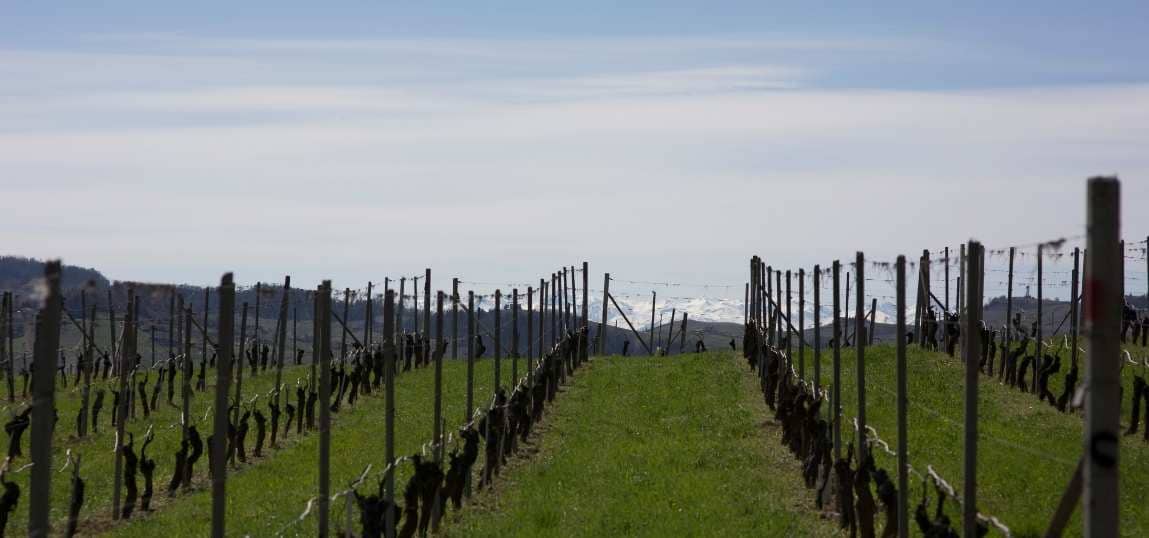The Barolo winemaking production company was formed in Piedmont, Italy, about seven years ago. Barolo Piedmont is located in the north-west of Italy, close to la morra, Monforte Dalba, Castiglione, and has a typical Mediterranean climate with long summers and short winters. Piedmont was also culturally influenced by the surrounding mountains of North Italy.
See also the History of Wine
The unique winemaking process
We often get the question, how do you produce such an excellent taste in wine. We passionately answer that it’s our love of the grapes and the drink that produces the exclusive taste. However, we must admit that the unique taste is formed due to the governing Mediterranean sunny warm weather combined with the perfect amount of rain and fresh air in the North of Italy.
If you’re looking for the product pages and want to make a purchase, click on the link to buy wine online.
How we produce wine
In short, there are nearly five stages or steps to plan wine: the initial step is reaping, at that point, pulverizing and squeezing, the aging cycle, explanation, lastly, maturing, and packaging.
Winemaking has been around for a considerable number of years. In its fundamental structure, the creation of liquor is a characteristic cycle that requires almost no human mediation. The unstoppable force of life gives all that you have to make wine. It depends on people to decorate, improve, or kill what nature has given.
See also the Science of winemaking.
The Harvest
Reaping is positively the initial phase in the natural cycle of making wine. Without organic products, there would be no wine, and no natural product other than grapes could deliver a reliable measure of sugar every year. It could save drinks, nor could different natural products contain the corrosive ester, expected to make a characteristic, stable wine. What’s more, tannins can be found on a perpetual premise. Hence, most winemaking brewers recognize that the wine is delivered at any rate emblematically in the grape plantation. The way toward making great wine necessitates that the grape crop is collected at a specific time, ideally when it is genuinely ready. A blend of science and antiquated tasting, as a rule, decides when the reap will occur, say advisors, bars, grape plantation supervisors, and landowners the same. Development should be possible precisely or by hand. Nonetheless, numerous properties incline toward pruning, as mechanical collectors can frequently be too severe on grape and grape plantations. When the grapes show up at the bar, the notable winemakers will sift through the grape pieces, eliminating the spoiled or half-cooked organic product before pounding.
Crushing and Pressing
Smashing an entire bundle of newly matured grapes is the following stage in the conventional winemaking measure. Today, mechanical smashers have a convention of incidentally stepping or crushing grapes, which is ordinarily called required. For a huge number of years, it was people who performed crop moves in barrels and presses that joined the otherworldly change of grape juice into a bunch of organic products into one of the most beneficial and mysterious beverages. Like anything throughout everyday life, change has something to lose and something to pick up. Utilizing mechanical presses, the vast majority of the sentiment has gone to this phase of winemaking. However, nobody needs to grieve for long as a result of the outrageous clean impact of mechanical squeezing. Mechanical squeezing has improved the quality and life span of wine, while brewers need to diminish the requirement for additives. It is essential to take note that not all liquor begins life in one smasher. Now and again, brewers permit the grape’s average weight and the beginning of yeast to strip the grape skins before squeezing the unpeeled pieces, so the ready grapes start to mature.
Except if white wine and red wine are fundamentally the same. Until squashed and squeezed. In any case, if a brewer needs to make white wine, he should press the skin in the wake of pulverizing it to isolate the juice from the skins, seeds, and solids. Undesirable shading (like grape skin, not juice) and tannins can’t be tossed into white wine. Fundamentally, white wine is permitted almost no contact with the skin. In contrast, red wine is left in contact with its skins during maturation to aggregate shading, flavor, and additional tannins, which obviously is the subsequent stage.
Fermentation

Liquor is, in reality, a type of enchantment in winemaking. If it ought to be left on its own gadgets or noticeable all around with the assistance of wild yeasts, the juice will begin to stream usually inside 6-6 hours. This normal maturation is welcome in perfect, settled bars and grape plantations. Nonetheless, numerous brewers like to intercede at this phase by infusing the normal must. This implies they will kill wild and some of the time, surprising regular yeast. Afterward, present a strain of individual decision yeast to effectively foresee the conclusive outcome. Notwithstanding the course picked, when maturation starts, it as a rule proceeds until all the sugar has been changed over to wine, and dry wine is readied.
Aging may take from ten days to a month or more. The subsequent degree of liquor in the wine must change from nearby to the neighborhood because of the aggregate sum of sugar. In hot districts, the liquor level is higher than 10 of C. Sweet wine is made when the maturation cycle stops before all the sugar is changed over into wine. This is typically chosen intentionally and purposely by the brewer.
Clarification
When the maturation is finished, the explanation cycle starts. Wine producers have the alternative of racking or sifting their wine from a tank or barrel in the expectation of dropping prepares and solids at the base of the aging tank. Sifting and fines should likewise be possible at this stage. Filtration should be possible with anything from a coarse channel to whatever long takes enormous solids to a sterile channel cushion that expends long-lasting liquor. Completing happens when the substance is added to a liquor and afterward clarified. Frequently, brewers will include egg whites, earth, or different mixes to the wine, eliminating the wine’s yeast cells and different solids. These substances stick to undesirable solids and power them to go under the tank. The explained wine is then pressed into another vessel, where it is fit to be packaged or matured.
Aging and Bottling
The last phase of the fermenting cycle includes the age of the wine and the jug. After the explanation, the brewer has the alternative to bottle the wine promptly, which is the situation with the Beaujolais Nouveau. More should be possible in maturing bottles, tempered steel or artistic tanks, huge wooden eggs, or little barrels, generally called sleeping enclosures. The decisions and methods utilized in the last phases of this cycle are ceaseless, similar to the conclusive outcomes.
In any case, the shared factor in all cases is liquor. Appreciate!
Ingredients:
- Grapes
- Water
Aside from grapes, persistence, and enthusiasm, here are the best ones you may not know about that you were meandering around in a wine glass.
The nine secret ingredients in winemaking revealed
Potassium Sorbate and Potassium Metabisulfite:
Potassium sorbate and potassium metabisulphite both are utilized in winemaking as an additive to eliminate microbes and keep yeast from ruining. These fixings are reasonable to utilize together during the maturation cycle, as they give a superior opportunity to the yeast to age viably, keeping microorganisms from ruining your wine and assisting with improving the general taste. While white wine forestalls cooking.
Calcium Carbonate:
Calcium carbonate is normally utilized in the fermenting cycle to lessen the sharpness of the last item. As a rule, vintner will include this fixing previously or toward the start of aging, as this will influence the smell of your wine. It isn’t exceptional for calorie carbonate to be included when grapes are experiencing difficulty maturing because of the atmosphere wherein they were developed.
Sulfur Dioxide:
As the most well-known expansion to liquor, you presumably call sulfur dioxide (SO₂) “sulfites.” It is going about as a cell reinforcement and anti-toxin. Sulfur dioxide is normally used to safeguard grapes, settle liquor, and forestall oxidation during the blending cycle. It is additionally normally used to help clean barrels and other fermenting gear.
Sugar:
You may feel that this one is given since grapes contain sugar, yet most heavy drinkers add more sugar to the wine so they can expand the liquor content in their items. Known as chaplaincy, the expansion of sugar to wine is fundamentally used to help the maturation cycle. Not many brewers have added sugar to improve the wine. Adding liquor to sugar is regularly utilized in cool atmospheres where grapes are not completely ready before gather.
Grape Juice Concentrate:
The road names incorporate Mega Purple and Ultra Red. However, the ones that are raising their voices are truly only a sort of thick grape got from Tentor grapes. These wine promoters obscure the shade of red wine while adding some additional sugar to improve the mouth and make the wine taste somewhat more smooth.
Water:
Indeed, it turns out the facts confirm that some wine may really be “watered-down,” yet it may not be for reasons you think. Never utilized as a ploy to fill a jug, including water, is done from the get-go in the winemaking cycle to cut down high liquor levels and even out a wine’s equalization.
Flavors:
Oak has been utilized to make wine with solid vanilla notes (like the flavors found in American oak barrels) or with equalization of fine flavors (for example, those found in French oak barrels). Since just a little bit of the wine really accompanies the barrel, numerous winemakers have utilized the wine to uniformly appropriate these unobtrusive flavors (ie, cowhide, cooked marshmallow, cinnamon, cloves, and so on.) I included oak chips, powder, or sticks. .) After bubbling before applying pressure.
Powdered Tannins:
Tannins are found in grape skins and can cause complexities in liquor. The catch between smashing, maceration, development, environmental change, and substantially more during the preparation cycle can be somewhat hard to oversee. Pow tanned tannins (a.k.a. oenological tannins) are mainly utilized during the time spent ventilation to help relieve the skin or equalization liquor, so grapes developed in hotter pieces of the world can be advanced.
Yeast:
In winemaking, yeast is a significant fixing that isolates a glass of wine from a glass of grape juice. At the point when oxygen is hindered from the grapes all the while, the yeast changes over the sugar into liquor.
Non-Vegan Materials:
In spite of the fact that these fining specialists and descriptors are not utilized in all wines, they show up principally in natural wines or by craftsman brewers who are against the expansion of catalysts. A portion of these fixings incorporates fish developers, egg whites, bentonite earth, mammalian protein, and plastics. Luckily, all are separated before packaging starts.
Even though it tends to be hard to hold your head over the name folded over the jug – and a bit “wind” adds to itself – a little information and exploration, just as a trial, can go far in helping you learn. The separation will figure out what fixings and flavors you appreciate in the wine.





